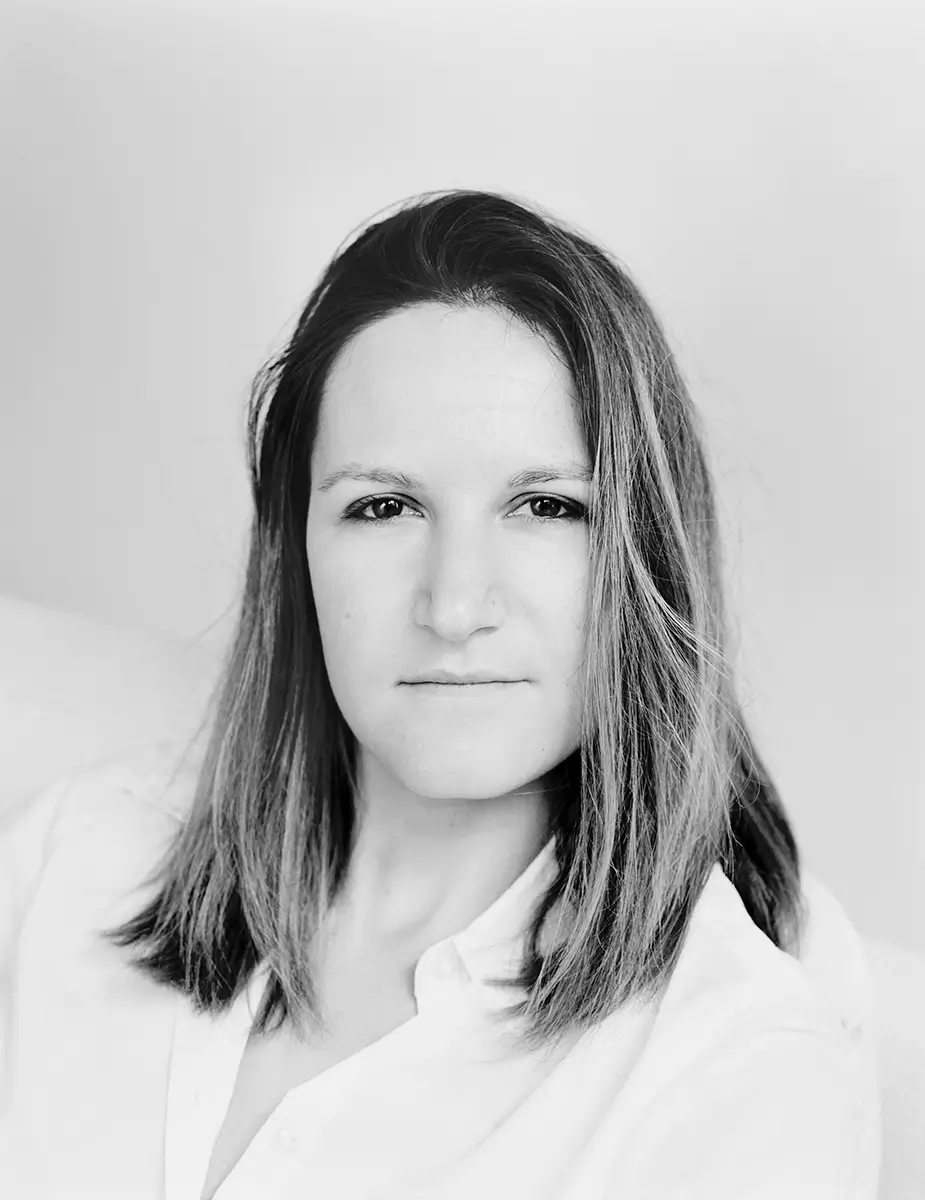Noémie Goudal's practice involves the construction of ambitious staged, illusionistic interventions within the landscape, documented using film and photography. Her oeuvre expands photography across its standard parameters, into immersive installations and performances, underpinned by rigorous research examining the intersection of ecology and anthropology and the limitations of theoretical conceptions of the natural world. Goudal's latest work unravels an artistic dialogue with the field of paleoclimatology, analysing climate and geology from the vantage point of "deep time" to acquire an understanding of our planet's trajectory. Goudal's work creates an intellectual bridge between our experience of "real time" and deep time, measured in millions of years, exposing the geographies of the earth as we know them to be mere momentary states in a cycle of continuous flux.
Noémie Goudal (b.1984) graduated from the Royal College of Art (UK) in 2010 with an MA in Photography. She is currently shortlisted for the Prix Marcel Duchamp 2024. Solo exhibitions include Mostyn, Llandudno, UK (2024); FRAC Auvergne, Clermont-Ferrand, France (2024); ANIMA, Tate Modern, London, UK; Venice Theatre Biennale, Venice, Italy and Centre Pompidou, Paris, France (2023); Post Atlantica, Les Rencontres d'Arles, Arles, France (2022); ANIMA, Festival d'Avignon, Avignon, France (2022); Décantations, La Vitrine, Frac Île-de-France, Paris, France (2022); Post Atlantica, Le Grand Café Centre d'Art Contemporain, Saint-Nazaire, France (2021); Echos toujours plus sourds, Musée Delacroix, Paris, France (2021); Observatorium, Kunstverein Hildesheim, Hildesheim, Germany (2019); Telluris, Ballarat International Foto Biennale, Ballarat, Australia (2019); Telluris, Musée des Beaux-Arts Le Locle, Le Locle, Switzerland (2019); Stations, The Finnish Museum of Photography, Helsinki, Finland (2018); Southern Light Stations, The Photographer's Gallery, London, UK (2016); The Geometrical Determination of the Sunrise, FOAM Museum, Amsterdam, Netherlands (2015). Selected group exhibitions include Second Nature: Photography at the Age of the Anthropocene, Nasher Museum, Durham, NC, USA (2024-2026); Un Manifeste du regard sur la Nouvelle Aquitaine, Frac Nouvelle-Aquitaine La MÉCA, Bordeaux, France (2024); New Worlds: Women to Watch 2024, National Museum of Women in the Arts, Washington, USA (2024); PHOTO 24, Melbourne Photo Biennale, Melbourne, Australia (2024); Bella Vista, Centre d'Art Contemporain, Sant-Nazaire, France (2021); Accelerate Your Escape: Gary Hume Explores the Hiscox Collection, Whitechapel Gallery, London, UK (2020); Inner Space, Lisbon Architecture Triennale, National Museum of Contemporary Art, Lisbon, Portugal (2019); MELTDOWN: A Visualization of Climate Change, Horniman Museum, London, UK (2019). Goudal's work is held in public collections including Centre Pompidou, Paris, France; David Roberts Art Foundation, London, UK; FOAM Museum, Amsterdam, The Netherlands; Fotomuseum Winterthur, Winterthur, Switzerland; High Museum of Art, Atlanta, USA; Kadist Art Foundation, Paris, France; Kiran Nadar Museum of Art, New Delhi, India, the Victoria & Albert Museum, London, UK and The New Art Gallery Walsall, Walsall, UK. Noémie Goudal lives and works in Paris.
Selected Books on

